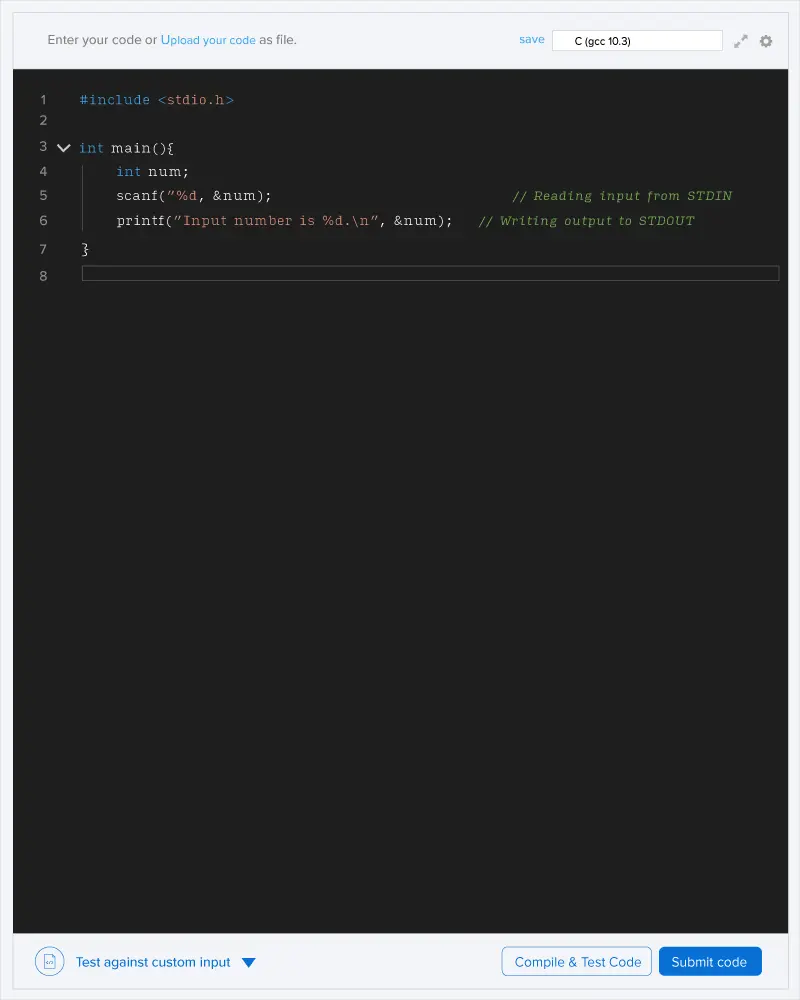In this problem, we define "set" is a collection of distinct numbers. For two sets A and B, we define their sum set is a set S(A,B)={a+b|a∈A,b∈B}. In other word, set S(A,B) contains all elements which can be represented as sum of an element in A and an element in B. Given two sets A,C, your task is to find set B of positive integers less than or equals 100 with maximum size such that S(A,B)=C. It is guaranteed that there is unique such set.
Input Format
The first line contains N denoting the number of elements in set A, the following line contains N space-separated integers ai denoting the elements of set A.
The third line contains M denoting the number of elements in set C, the following line contains M space-separated integers ci denoting the elements of set C.
Output Format
Print all elements of B in increasing order in a single line, separated by space.
Constraints
- 1≤N,M≤100
- 1≤ai,ci≤100
If e is an element of set B, then e+2 is an element of set C, so we must have e≤3. Clearly, e cannot be 1 because 1+1=2 is not an element of set C. Therefore, B={2,3}.

